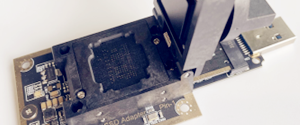RAID 3
The implementation of the RAID 3 is done using the parity information. The parity check is a necessary condition for this type of RAID system. The procedure of performing the parity calculation is mentioned and explained below. Even though the process may be a bit complex but still it is the most widely used concept of providing standard to the technological aspects of the RAID parity check. The manner in which the parity check is done is this way: a bit from the first drive is XOR’d with the bit from the drive second and the corresponding result is stored in the third drive. The bit is the smallest amount of data that is stored on any storage medium.
The bits that are XOR’d or eXclusively OR’d are stored in the third drive. Hence the data redundancy is parity checked. The XOR is the Boolean operation that is performed for the parity checking. The result for the XOR operation is true only if any one of the inputs is true. Even if the two inputs are true then also the output result is false. Hence the Boolean truth table can be explained as in the next section.
The truth table says that for the input of 0 and 0 the output will be a 0. For the input being provided as the 1 and the 1 the output again will be a 0. Hence the result is false for both the types of the input streams that are both inputs false as well as both the inputs true. Now for the other combinations of the inputs like if one input is true and the other is false the result is true. Also for the other combination of the inputs like the first input being false and the other one being the true the output result is again true. So the overall result can be rated as the true for only one input as true. For all other possible combinations the result is false. Hence the parity checking is done in the way as described above.
In this way the system can be made as the fault tolerant system. The mirroring and the fault tolerance properties can provide a much stable system. Such stability is a needed must for the purpose of providing a server that is much capable of handling operations. Hence for this reasons most of the companies uses the RAID drives as the servers. This obviously increases the performance and the stability of the system.
The most important thing the RAID provides is the excellent speed as well as the fault tolerance to the system in which it is used as a server. When there are a lot of little requests from the data base the performance of the RAID 3 drops considerably. In this situation this is not much helpful and it should be avoided to be used as a server. But it performs extremely well when the long sequential data is to be accessed; and also for the long and the sequential transfer of the data. The servers that are used as the video servers are also used well with this type of RAID i.e. the RAID 3.
The data is stripped across the three or more drives. The maximum performance of RAID 3 can be measured in terms of the speed when the data transfer is at its peak because all the drives are operated in parallel. The concept of parity involves the parity bits to be stored on the different drives. In the contrast to the RAID 2 the RAID 3 is has the difference as stated: in the RAID 2 the data in the form of the bits is interleaved between the multiple data disks that are used. The word bits is used here rather than the bytes or referring as the group of bytes to specify the level of operation that is performed. But these days this is a rare method.
Data recovery Salon welcomes your comments and share with us your ideas, suggestions and experience. Data recovery salon is dedicated in sharing the most useful data recovery information with our users and only if you are good at data recovery or related knowledge, please kindly drop us an email and we will publish your article here. We need to make data recovery Salon to be the most professional and free data recovery E-book online.
World’s Top Data Recovery Hardware Tools
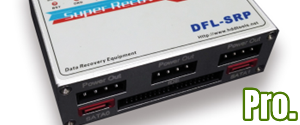
Easy to use at good price
Recover SATA, IDE, External HDDs, NVME SSDs, etc Order Now here
POTABLE DEVICE & NVME SSD RECOVERY TOOL
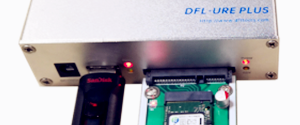
Recover USB Device and NVME SSDs at high speed! Read Details here.
DFL-PCIE DATA RECOVERY RECHARGE
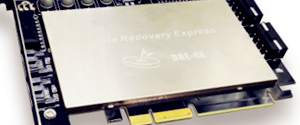
Best data recovery hardware tool to start a data recovery business, read details here
RECOVER SCRATCHED HDDS

Recover lost data from scratched hard drives, read details here.
SURFACE PRO. RECOVERY
BEST HEAD REPLACEMENT TOOLS
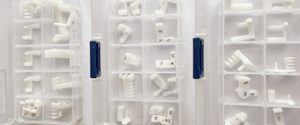
The most cost-effective head replacement tools for Seagate, WD, Samsung, Hitachi, Toshiba, Fujitsu

